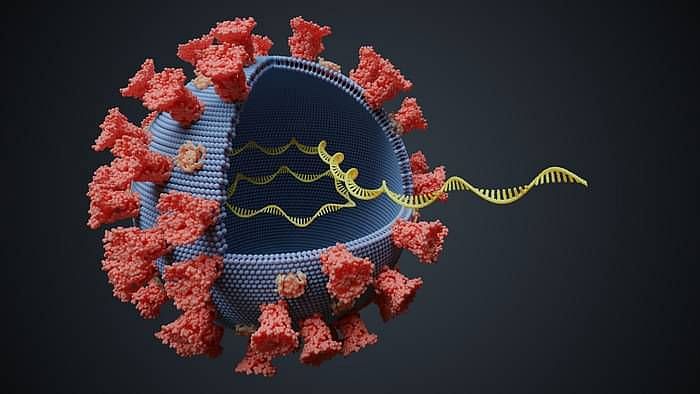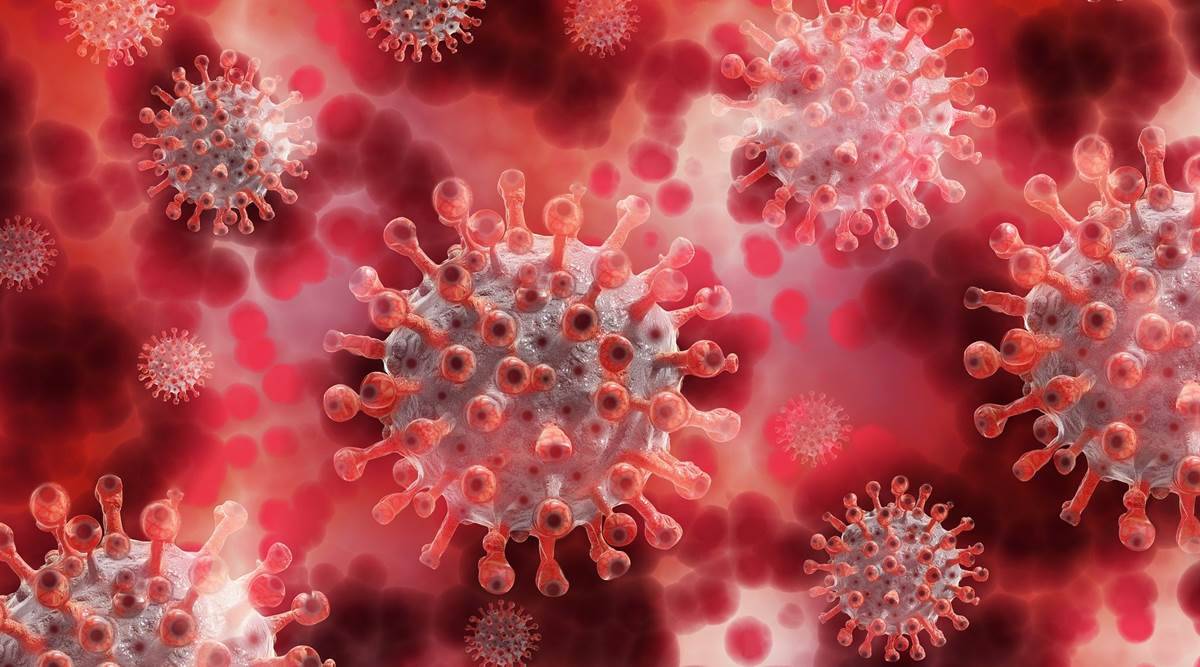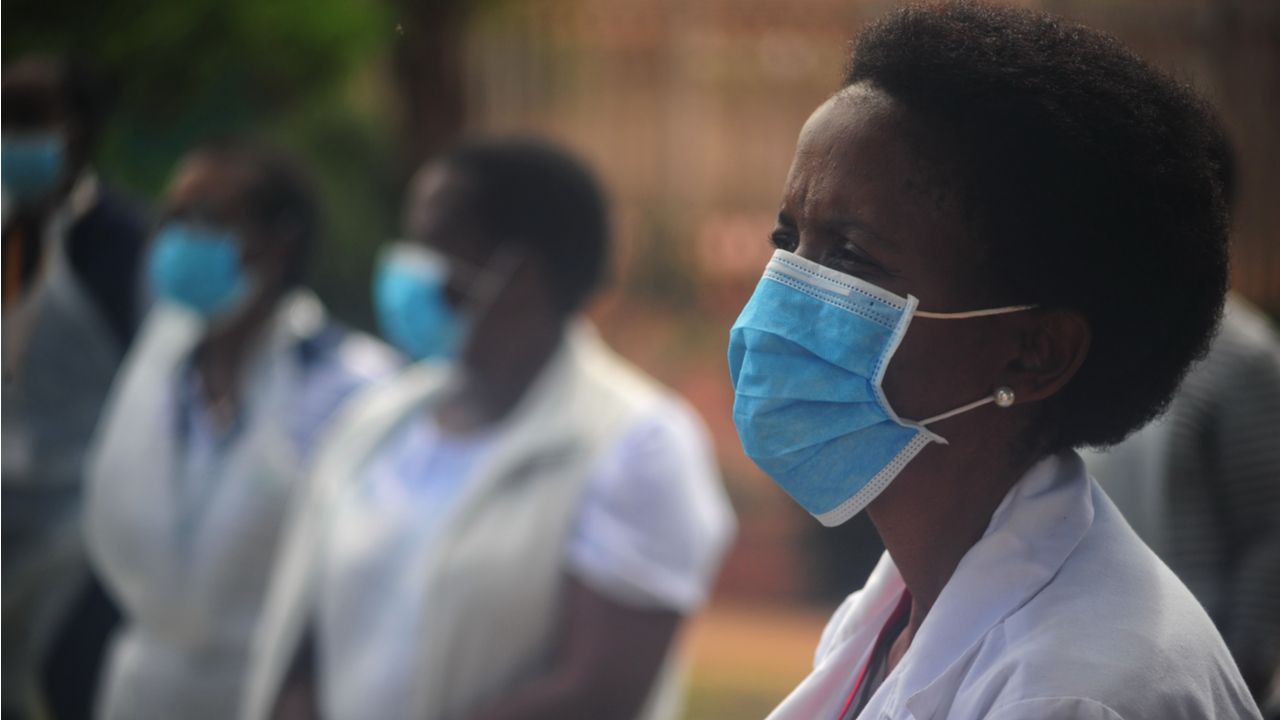The discovery of the new coronavirus strain has put the world into tension. From lockdowns, and worries over vaccines effective in preventing mutations, reports of infection have now been reported in over 30 countries worldwide. The new strain is 70% more infectious and spreads fast – meaning, there are more chances of a person catching the virus and people belonging to higher risk groups are even more susceptible to COVID-19.
Who is at a greater risk of getting infected:
As per the reports the virus carries potential consequences for even the younger generation of society, who so far have been found to suffer from less serious complications of the virus. As per research, the new UK virus strain is particularly harmful to those under the age of 20, which includes younger kids too.
What does it mean?

Though COVID can infect anyone but its risky for those over the age of 55 and those with comorbidities but the new mutation, scientifically known as B.1.1.7 means that it is much easier to spread from one person to another. As the new virus infects younger people easily, it could spread easily.
Why the concern?
The only way to manage the spread is mass immunization with the help of vaccination drives. Right now, while vaccination drives have been restricted to the priority groups- seniors, frontline workers, and essential staff, meaning that the ones at risk right now don’t have access to vaccines. It means that those without vaccines are still at risk.
Younger people have better immunity, but that doesn’t mean that they cannot catch the virus. Not only can they suffer from threatening complications, but they can also spread the virus onto others and put the ones around at risk too.

How to stay safe?
Until the time the vaccine is available to everyone, using a mask, washing hands, maintaining social distance, and taking other measures are the only ways to stay safe.















